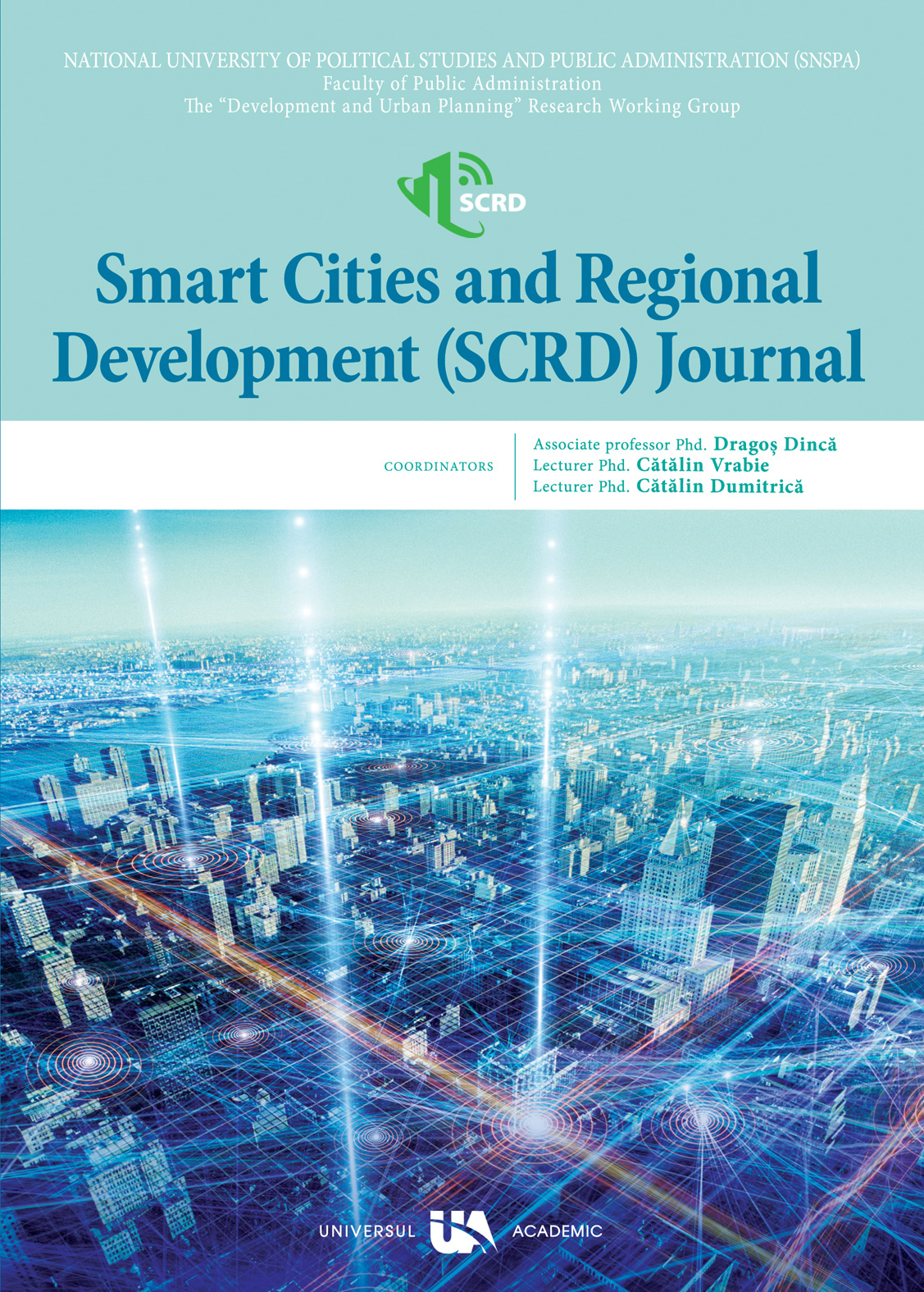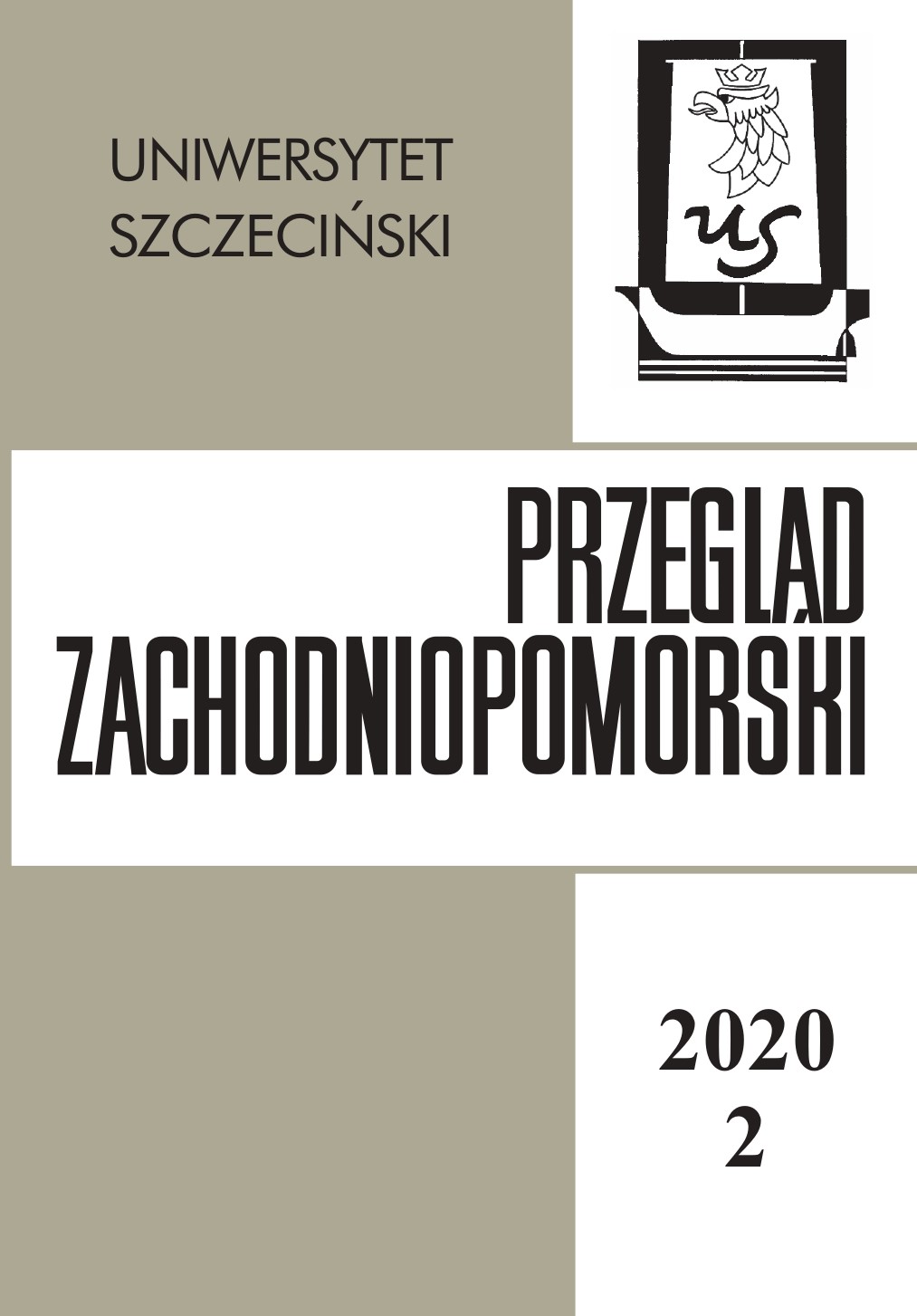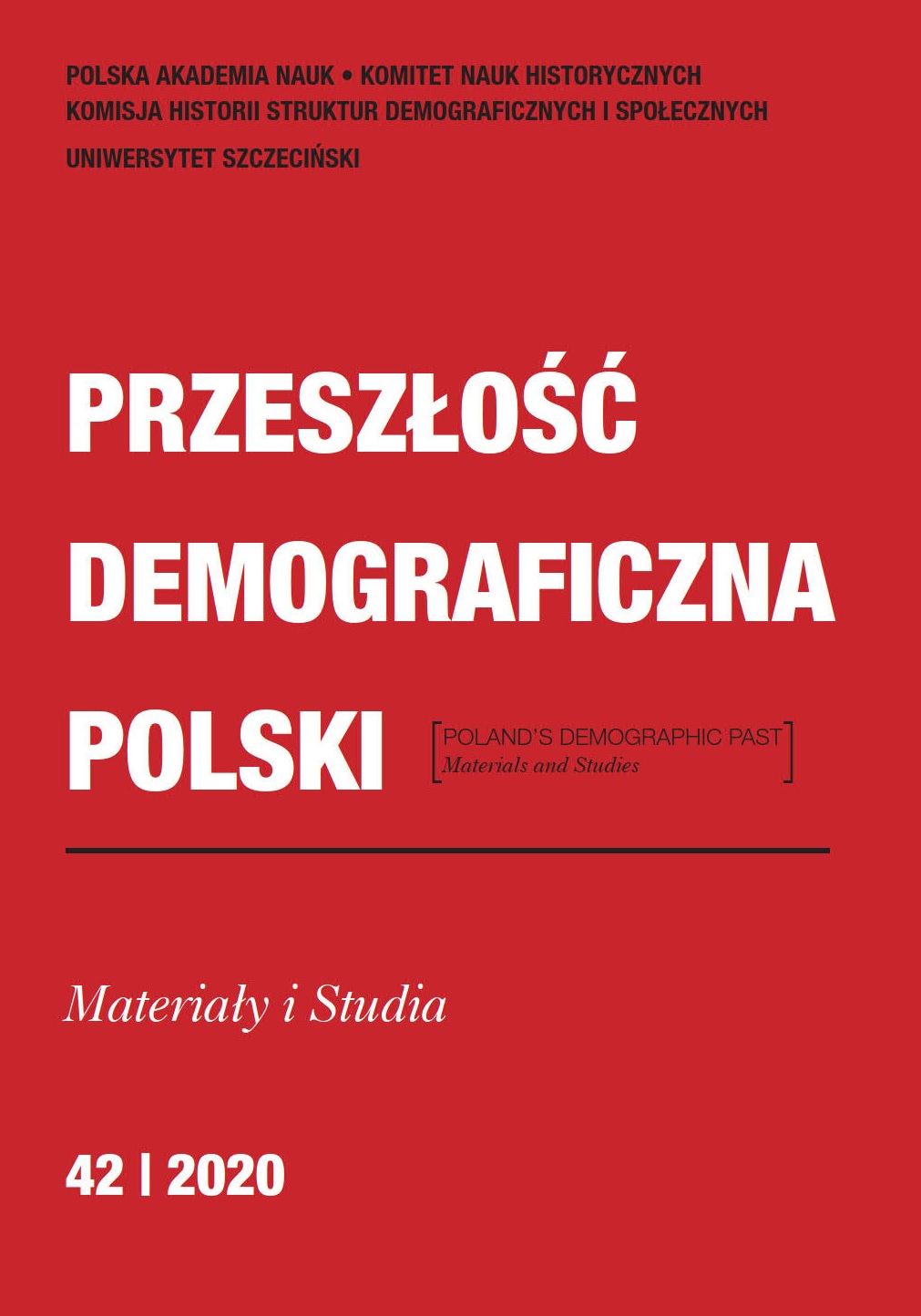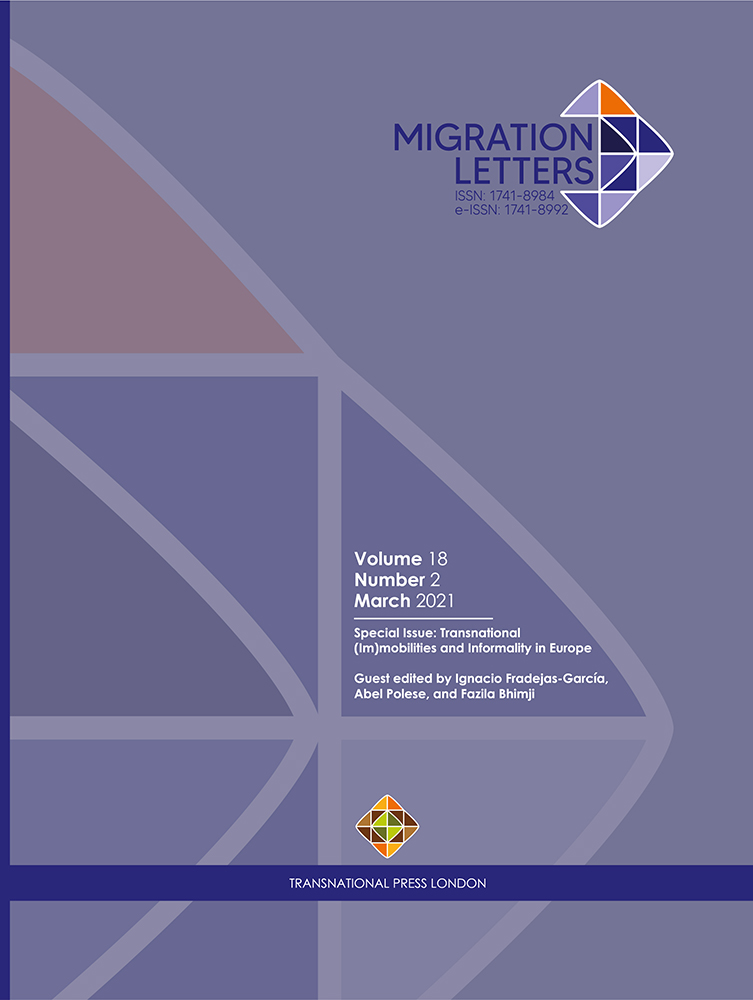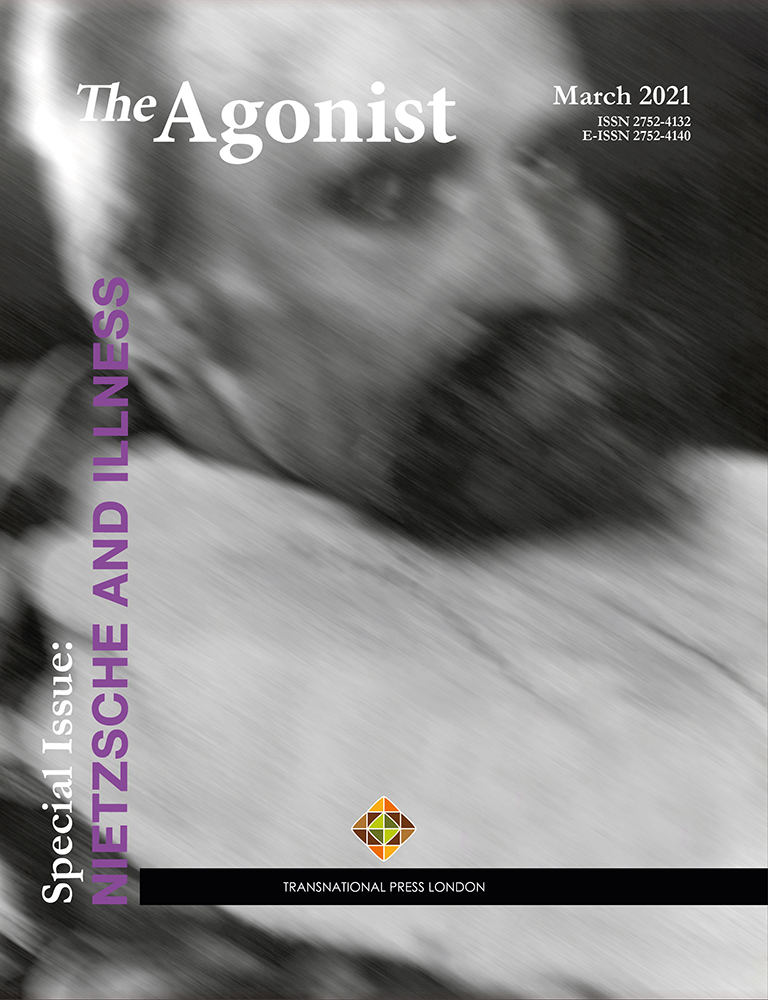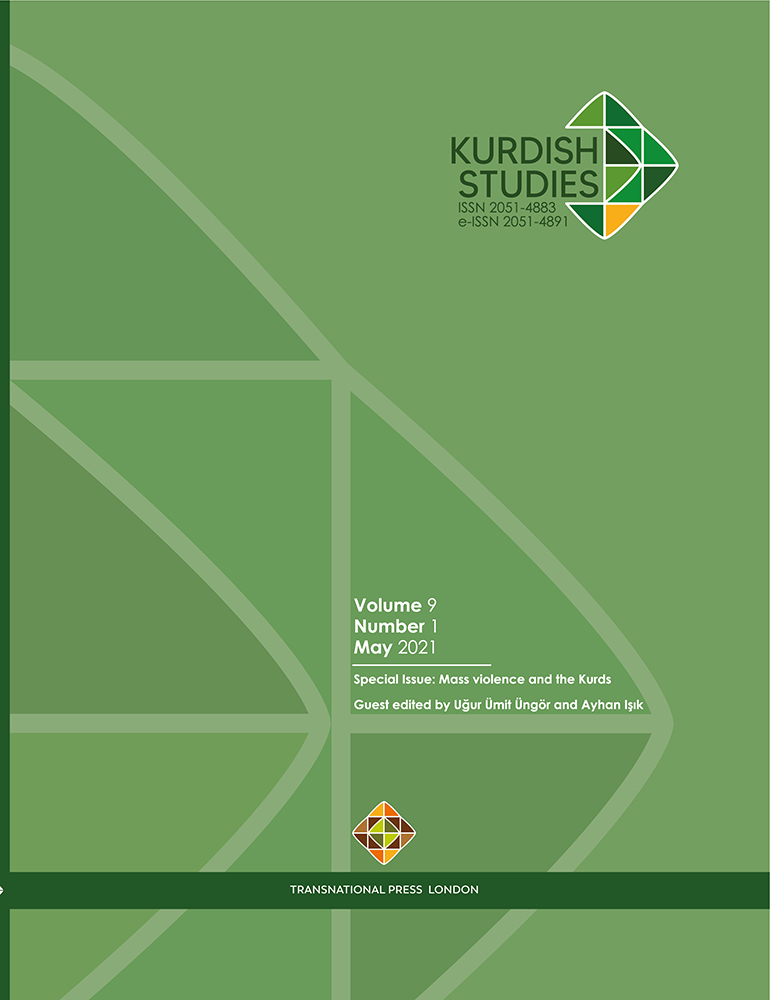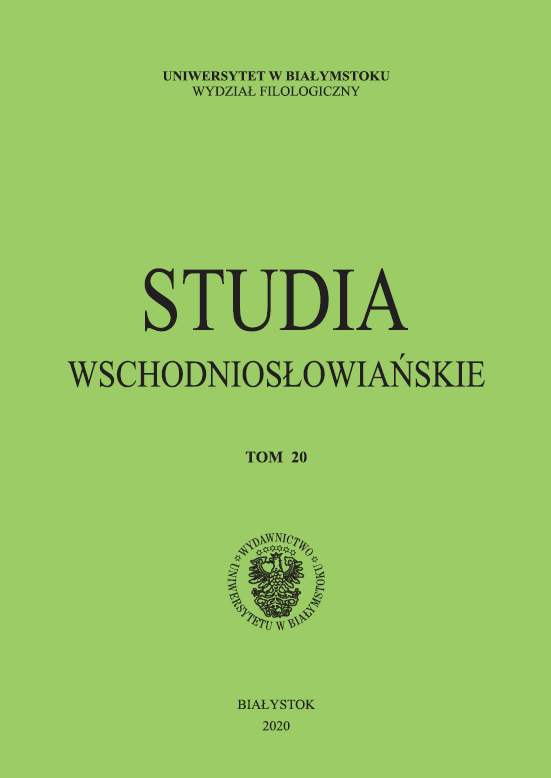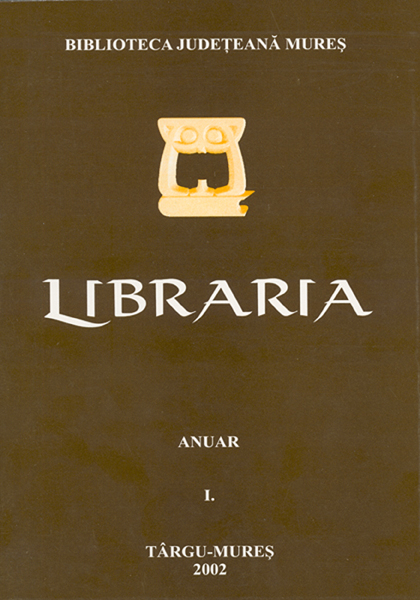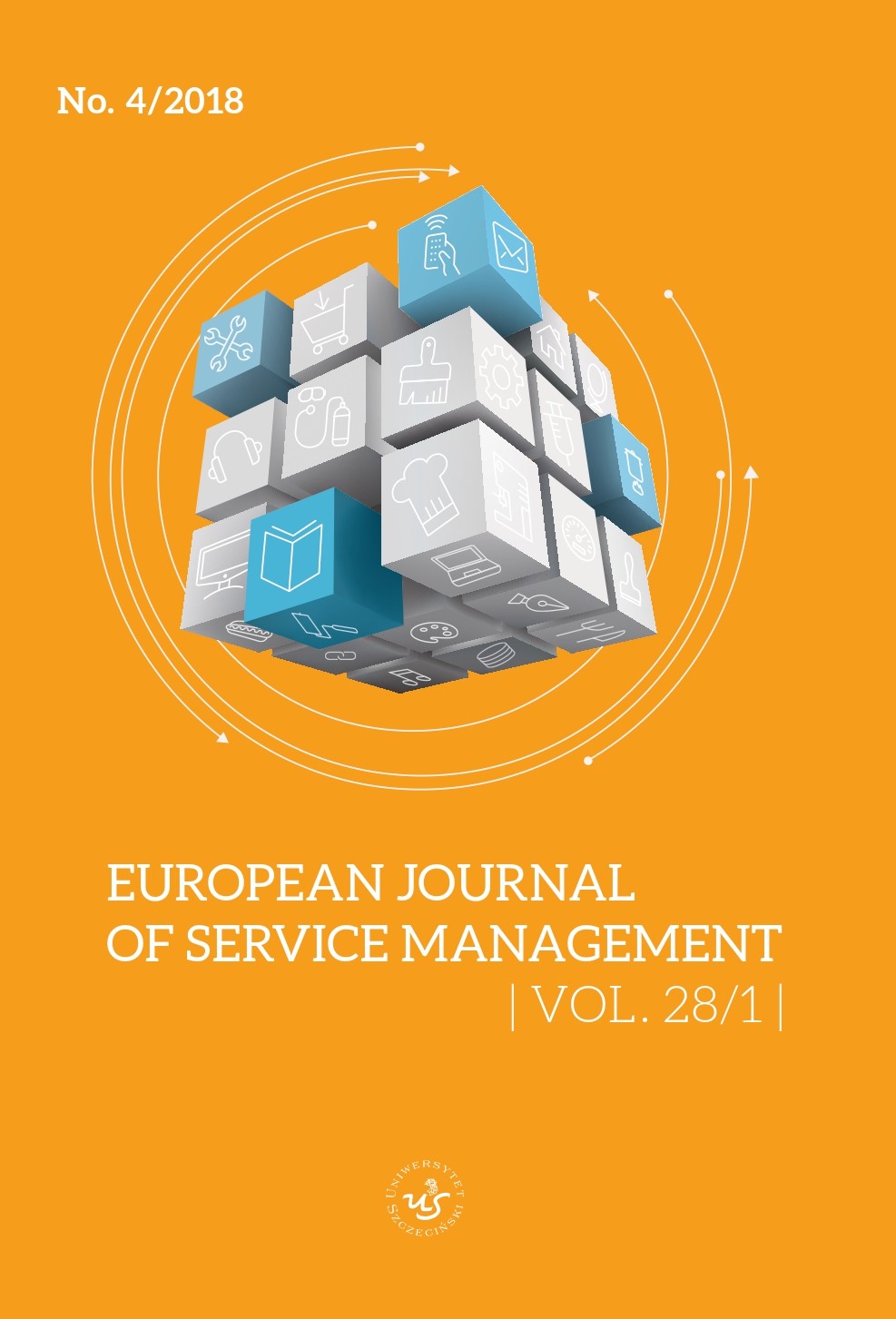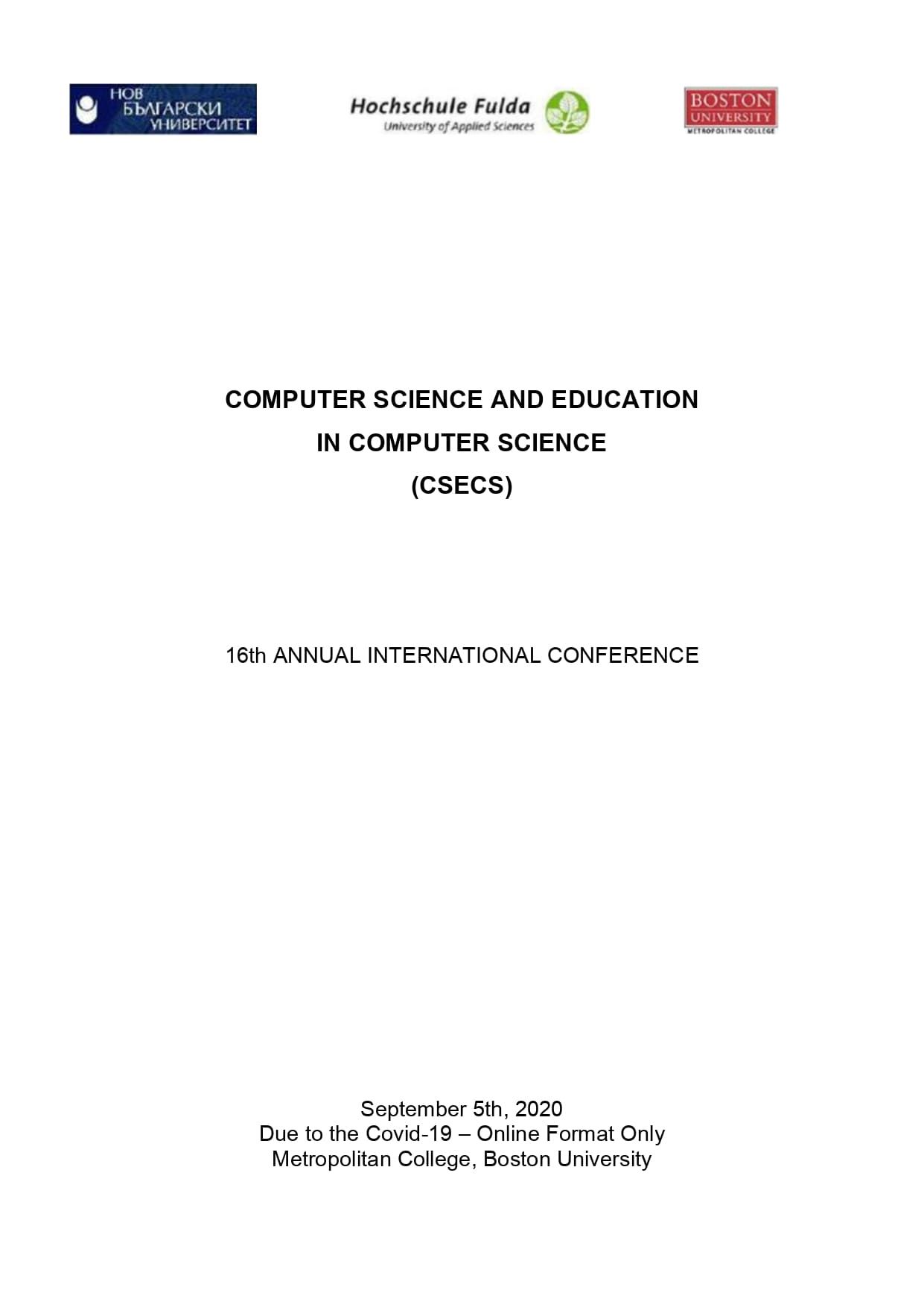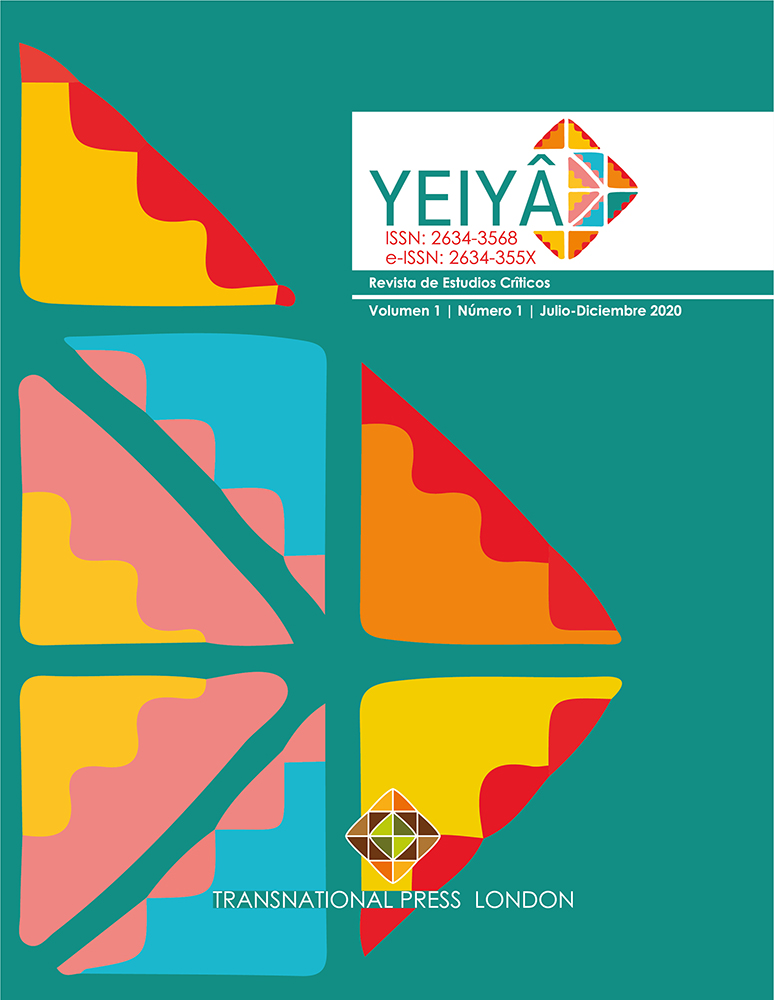
Notas desde la Dirección Editorial
Yeiyá (“caminar” en wixárica, grupo étnico de México), revista de estudios críticos sobre ciencias sociales de los problemas y retos más importantes del mundo, y en particular de América Latina, hace su aparición a finales del 2020, año de enorme incertidumbre por la pandemia del capitalismo global que de forma inédita presenta la sincronía con una crisis civilizatoria multidimensional evidente desde los años setenta del siglo anterior, que se profundiza con la Gran Recesión económica de 2007-2010 y ahora con la doble pandemia mundial, sanitaria y económica, muestran la enorme vulnerabilidad de la humanidad y del planeta de seguir bajo los dictados del modelo de la muerte neoliberal y la financiarización de todos los aspectos de la economía, la sociedad, la naturaleza y la vida. Los impactos planetarios a nivel sanitario, económico, de desigualdad social creciente y de mayor ecocidio frente a un acentuado proceso de concentración de la riqueza de las corporaciones financieras, informáticas, de la salud y la industria militar obligan a promover un debate profundo sobre nuevas propuestas de organización social, de estrategias diferentes de desarrollo con la seguridad humana, el bienestar y la sostenibilidad ambiental como prioridades centrales. Lo que implica, entre otras tareas, definir el regreso del Estado al frente de las políticas sanitarias y económicas en todo el mundo como única estrategia para enfrentar los impactos y construir la salida de la doble pandemia, se convierte en una etapa de transición hacia la construcción de escenarios de posdesarrollo que erradiquen la explotación, la desigualdad, la depredación de la naturaleza y el aniquilamiento de las diferentes expresiones de la vida.
More...
